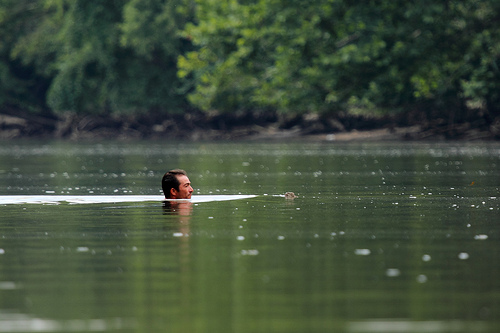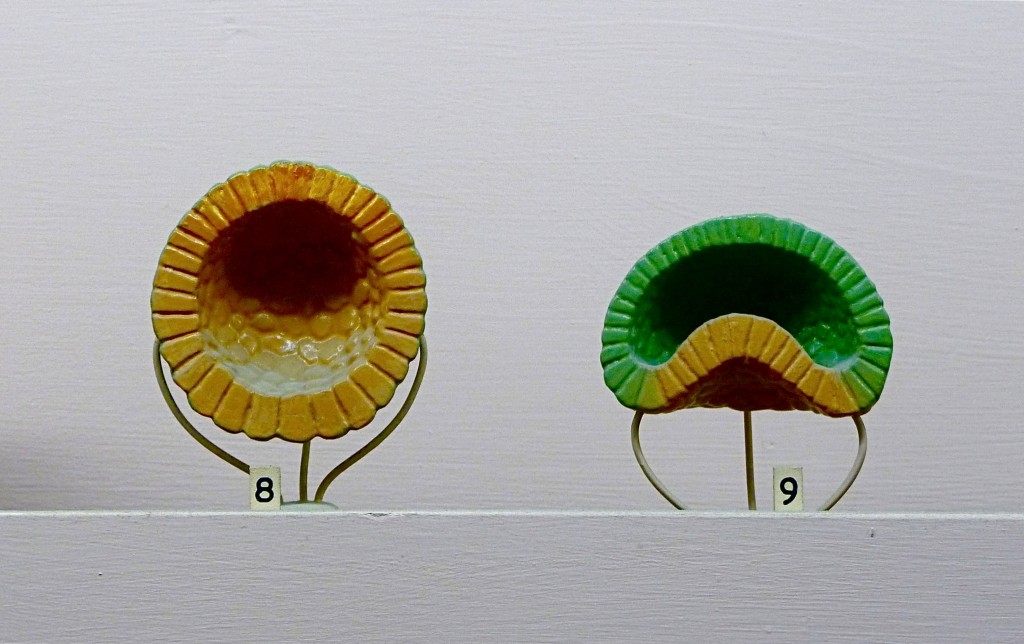 On a hot and humid day in October, a man wandered through the city of Mirebalais, Haiti. He was naked, but his neighbors didn’t pay much attention. The man had always been crazy. In fact, townspeople called him “moun fou” — lunatic or fool. He headed toward the bank of the Latem River, where he was often seen drinking water and bathing. Soon after, he came down with a nasty case of diarrhea. Less than a day after his diarrhea began, he died. A report in this month’s American Journal of Tropical Medicine and Hygiene suggests that this 28-year-old mentally ill man may have been the first Haitian to contract cholera during the recent outbreak, which began in 2010 and has killed roughly 7,000 people and sickened 500,000.
On a hot and humid day in October, a man wandered through the city of Mirebalais, Haiti. He was naked, but his neighbors didn’t pay much attention. The man had always been crazy. In fact, townspeople called him “moun fou” — lunatic or fool. He headed toward the bank of the Latem River, where he was often seen drinking water and bathing. Soon after, he came down with a nasty case of diarrhea. Less than a day after his diarrhea began, he died. A report in this month’s American Journal of Tropical Medicine and Hygiene suggests that this 28-year-old mentally ill man may have been the first Haitian to contract cholera during the recent outbreak, which began in 2010 and has killed roughly 7,000 people and sickened 500,000.
Of course, the researchers can’t be sure. By the time public health officials recognized that a cholera epidemic was underway, the man had been dead for a week. No one took any samples. The team writes, “We believe he is the first or among the first cases of cholera in Haiti during the current epidemic.” (The italics are mine).
In the press, however, this man became patient zero. The New York Times article, titled “Cholera Epidemic’s First Victim Identified as River Bather Who Forsook Clean Water,” begins like this: “The first Haitian to get cholera at the onset of the 2010 epidemic was almost undoubtedly a 28-year-old mentally disturbed man from the town of Mirebalais.” Perhaps the researchers expressed more certainty when the reporter interviewed them. Or perhaps the reporter just told the narrative we all want to hear. Everyone loves the story of patient zero, especially when it involves a mentally ill Haitian who likes to walk around naked and drink dirty river water. Continue reading →






